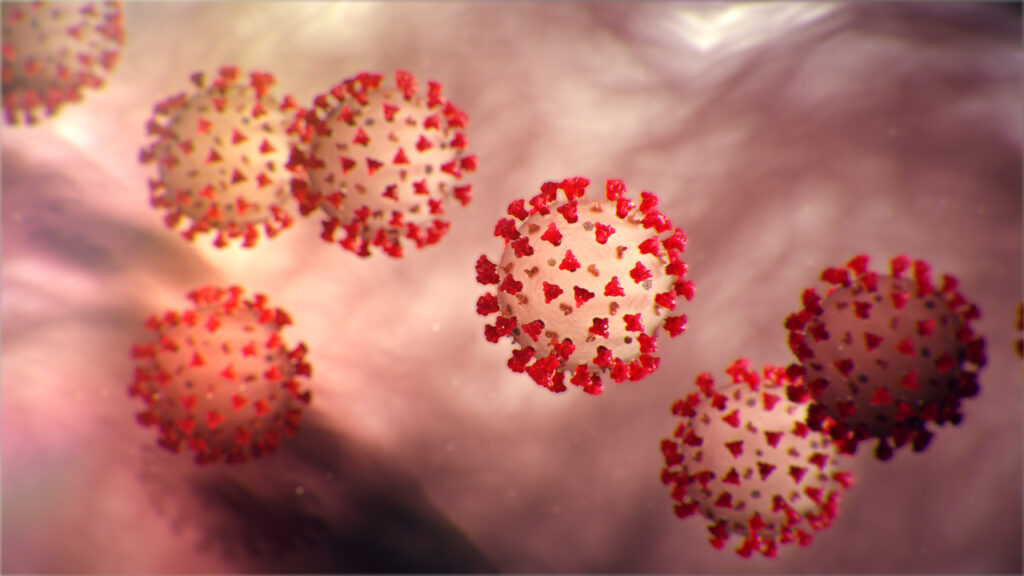NOVEL CORONA VIRUS – 2019
Human’s way of living, lifestyle has been enhancing to be more sophisticated and efficient for decades. World Health Organization (WHO) also endeavors to eradicate the health issues, infections & keeps an eye on to improve the health of humans. Like the two sides of a coin, whatever good stuff happens and money is spent on for medical enhancement, some 1% of the control is left off that aids ailment to exist. And the worst thing is that the infection’s transmissibility, the main cause of the infection to prevail. Due to this, the rate of affects increase.
In the same track of nonchalance, in December 2019, a deadly attack in Wuhan, China was named as novel-Corona Virus. Within 2 months, it impacted the whole world into curiosity, a World wide emergency declared by WHO. Unless you are aware, you could be prone to the infection. No panic! It’s just a precaution! Let’s be aware!
What is novel-Corona Virus?

Novel-Corona Virus is taken into concern as a deadly disease that so far hit 39.5 lakh deaths, as of July 2021 & 3.04 Crore cases reported so far in India. Corona viruses are large family of virus that cause illness ranging from illness to fatality, including infections such as Severe acute respiratory syndrome(SARS) and Middle East respiratory syndrome(MERS).
Novel-Corona virus is a new constrain that belongs to corona family. On December 31, 2019, China informed WHO of cases of pneumonia of unknown cause in Wuhan City, China. The sufferings of few patients ranged from respiratory illnesses since December 8. At first, using the genomic test kit, China accurately identified 41 of the 59 suspected cases as novel-Corona infected.
Corona viruses are zoonotic, owing to, they are transmitted from animals to humans. Animals alongside tote several viruses & infections, on which if humans are in close touch with, may be susceptible. This mode of transmission is referred as spillover.
Origin
In December 2019, there were cluster of pneumonia cases in Wuhan, China. Investigations found that it is a previously unknown virus that had been existing in the region. Now the epidemic got the name novel-Corona 2019 virus. Researchers and medical scientists insist that what is currently known is known and approach of the infect may change in future.
Corona viruses was first identified or emerged in 2003 in China named as Severe acute respiratory syndrome(SARS – CoV), transmitted from civet cats to humans. The next aspect was Middle East Respiratory Syndrome(MERS – CoV), origined in Saudi Arabia in 2012, transmitted from camels to humans. While this novel-Corona virus’ origin of transmission is unknown.
Why the name ‘Corona’?
Genetically, the virus possesses a genetic material that is covered by an envelope around it, with protein spikes protruding from the envelope. The virus is as similar as to a ‘crown’; crown in latin, spells ‘corona’ and thus came to be called as Corona Virus (CoV).
Symptoms & Transmission:
Corona virus can be of respiratory and gastrointestinal infection, based on its type. Novel-Corona virus symptoms range from mild to severe. Mild symptoms include fever, cough, shortness of breath to severe like pneumonia, kidney failure and death.
The transmission may include close contact with the infected persons, either directly through droplets during cough or sneeze or through materials of the patients contaminated with virus, as in the case of respiratory infections. However, the exact dynamics of the transmission is not yet known.
The people diagnosed with the virus had been found to be in frequent contact with live seafood and animals. The more susceptible people are live animal market workers and those who are caring for the infected persons such as family members and healthcare workers.
Awareness is the greatest agent for change!
Diagnosis & Treatment:
The diagnosis of the infection is achieved by a test called Polymerize Chain Reaction (PCR), which identifies the virus based on its genetic fingerprint. Yet, there are no official medication available for the infection. No vaccines are produced for treating the disease. Research for the medication and vaccine is under progress.
Prevention:
- Avoid close contact with people who are sick, and with animals
- Cover your nose and mouth while sneezing or coughing.
- Wash your hands with decontaminating items after sneezing and coughing and touching animals or animal products.
- Avoid touching your nose, eyes and mouth with unwashed hands.
- Stay home when you are sick.
“Prevention is better than Cure”!
References:
- www.who.int
- The Hindu





